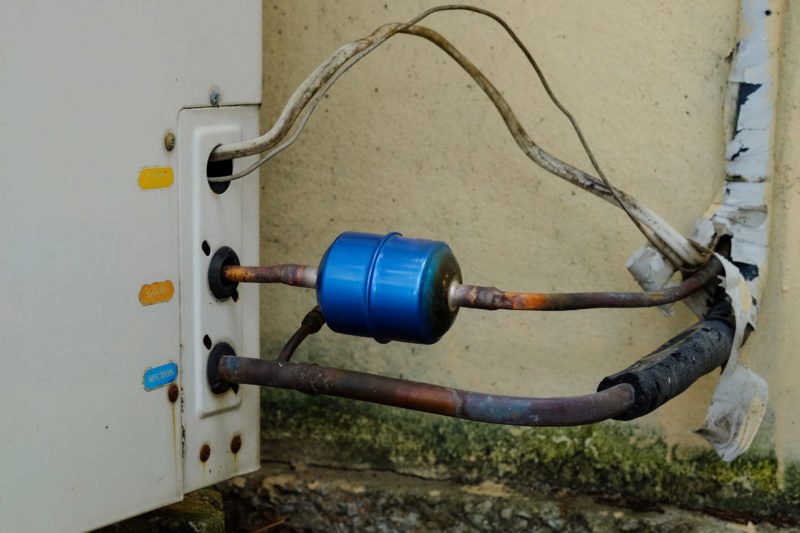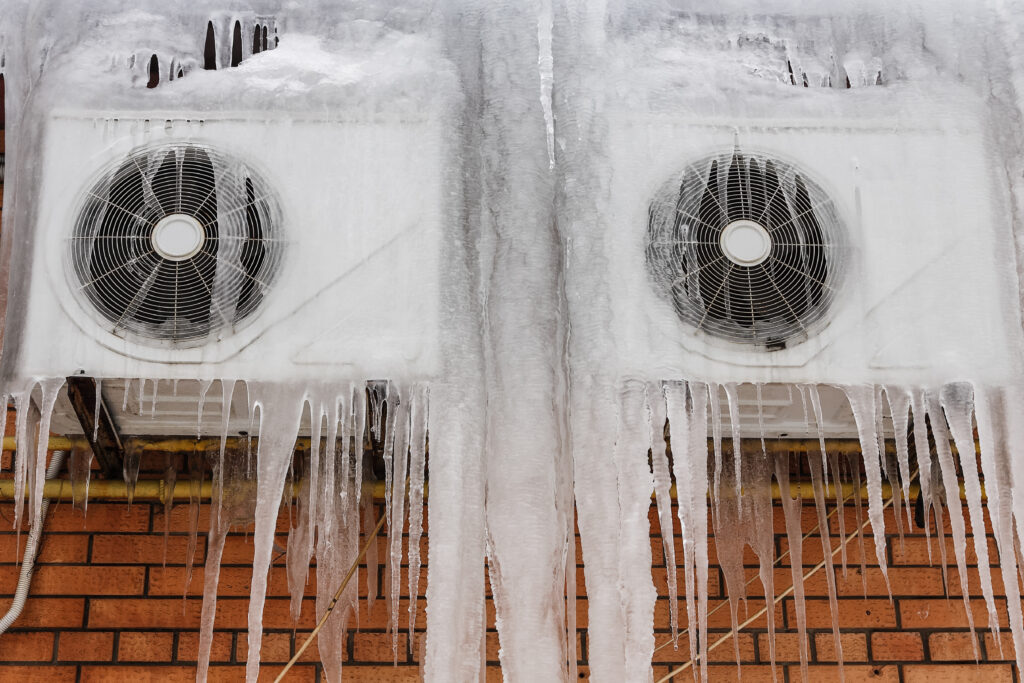What to I Do If My AC Pipe Is Frozen? - Essential Tips for Fixing Functionality
What to I Do If My AC Pipe Is Frozen? - Essential Tips for Fixing Functionality
Blog Article
In this article down the page you will discover a lot of quality facts pertaining to Have a Frozen AC Line? Here’s How to Fix It.

Intro
Discovering that your AC pipeline is frozen can be worrying, especially throughout warm summer months when you count on your ac system one of the most. Recognizing what to do in such a circumstance is vital to avoid additional damages to your air conditioning system and ensure your comfort indoors.
Comprehending the Causes
A number of aspects can add to the cold of an air conditioning pipe. Comprehending these causes can aid you address the issue properly.
Absence of Airflow
One typical reason for a frozen air conditioning pipeline is inadequate air movement. When the air flow over the evaporator coil is restricted, it can create the coil to drop below freezing temperature, causing ice development on the pipeline.
Low Refrigerant Levels
Insufficient refrigerant degrees in your air conditioner system can additionally lead to an icy pipeline. Low cooling agent levels can trigger the pressure in the system to drop, leading to the cold of dampness on the evaporator coil.
Cold Weather Conditions
In colder environments, freezing temperatures outside can add to the freezing of AC pipelines. If your AC system is not effectively protected or if there are leaks in the ductwork, cool air can infiltrate the system, creating the pipe to ice up.
Dirty Air Filters
Unclean or stopped up air filters can limit air movement in your air conditioner system, causing numerous problems, consisting of an icy pipe. It's essential to replace or clean your air filters regularly to guarantee appropriate air flow and prevent ice build-up.
Indications of a Frozen AC Pipe
Identifying the indicators of an icy air conditioning pipeline is vital for timely activity.
Decreased Airflow
If you see a significant decline in air movement from your vents, it could indicate an icy pipe.
Ice Buildup on the Pipe
Visible ice buildup on the cooling agent line or the evaporator coil is a clear indicator of a frozen a/c pipeline.
Weird Sounds from the Unit
Unusual sounds, such as hissing or gurgling, originating from your air conditioner device can indicate that there's ice existing on the pipe.
Immediate Actions to Take
When confronted with a frozen air conditioning pipe, it's essential to act rapidly to stop additional damages to your air conditioning system.
Shutting off the a/c
The very first step is to turn off your ac system to stop the system from running and aggravating the issue.
Looking for Blockages
Inspect the area around the indoor device for any obstructions that might be blocking air movement, such as furniture or curtains.
Thawing the Pipe
You can utilize mild methods like placing towels taken in cozy water around the frozen pipe to assist thaw it slowly.
Preventive Measures
Taking preventive measures can assist prevent future incidents of a frozen AC pipe.
Routine Maintenance Checks
Schedule normal upkeep talk to a specialist HVAC professional to make sure that your a/c system is running effectively.
Altering Air Filters
Regularly replace or clean your air filters to stop air movement restrictions and keep optimal efficiency.
Insulating Exposed Pipes
If your a/c pipelines are exposed to cool temperatures, take into consideration protecting them to stop cold during winter season.
Looking For Professional Help
If DIY techniques fail to deal with the issue or if you're uncertain regarding just how to proceed, it's finest to look for support from a certified HVAC service technician.
When DIY Methods Fail
If your attempts to thaw the pipeline or address various other concerns are unsuccessful, it's time to call a professional.
Significance of Hiring a Professional HVAC Technician
A licensed HVAC technician has the know-how and tools essential to detect and repair concerns with your air conditioner system securely and effectively.
Conclusion
Dealing with an icy air conditioning pipeline can be an aggravating experience, yet understanding just how to respond can assist minimize damages and restore convenience to your home. By comprehending the reasons, acknowledging the signs, and taking prompt activity, you can successfully address the issue and prevent future incidents.
What to Do If Your AC Line Is Frozen
Make Sure All Supply and Return Air Vents Are Open
If you notice problems with airflow, the first thing you should do is check your supply and return vents. Supply vents distribute clean, conditioned air throughout your home. As this air becomes stale, it’s pulled into the return vent, where it’s reconditioned before being sent back out through the supply vent.
When these vents are closed, air won’t flow in the home. Before examining your AC, check the vents in every room and ensure they’re all open.
Check for a Dirty Air Filter
Another possible cause of limited airflow is a dirty air filter. Your air conditioner’s filters catch elements you don’t want to breathe in, such as dirt and dust. Over time, filters can become clogged, ultimately blocking air from flowing in and out. The lack of airflow can then cause the entire coil to freeze and will completely restrict any air from moving through it. The AC may need to be powered off for one to two days to allow the coil to thaw after replacing the filter to allow proper functioning of the unit. This debris can also accumulate on your AC’s evaporator coil, requiring a more serious repair. In general, air filters should be cleaned regularly (about every two weeks).
Assess Your Outdoor Unit
In addition to checking your AC, assessing the outdoor unit is a good idea. Also known as the condensing unit, it works with your interior unit to release heat outside. An issue with the outdoor unit can result in rising internal temperatures.
Overgrown Shrubs or Clogged Leaves
From leaves and twigs to shrubs and debris, there’s no shortage of outdoor elements that can accumulate around your condensing unit. When these elements get lodged inside the unit, they can block airflow. Fortunately, removing the blockage can solve the problem.
Sounds of a Broken Fan
Shrubs and leaves aren’t the only things that can impede your outdoor unit’s airflow. If the fan is broken, the unit won’t be able to properly get rid of heat — which means the internal temperature won’t go down. First, make sure the fan is spinning. If it is, check for the following sounds of a broken fan:
Buzzing Rattling Screeching Hissing Clicking Preventative Measures
Nobody wants to deal with a frozen AC line. In addition to causing problems with your air conditioner, they require professional repairs. On the bright side, there are preventative measures you can take to help ensure this issue doesn’t arise in the first place.
https://www.coopergreenteam.com/blog/what-to-do-if-ac-line-frozen

I am just very involved in How can I fix an air conditioner’s frozen pipe? and I really hope you liked our blog posting. Sharing is good. Helping others is fun. Thanks for your time invested reading it.
Book Appointment Report this page